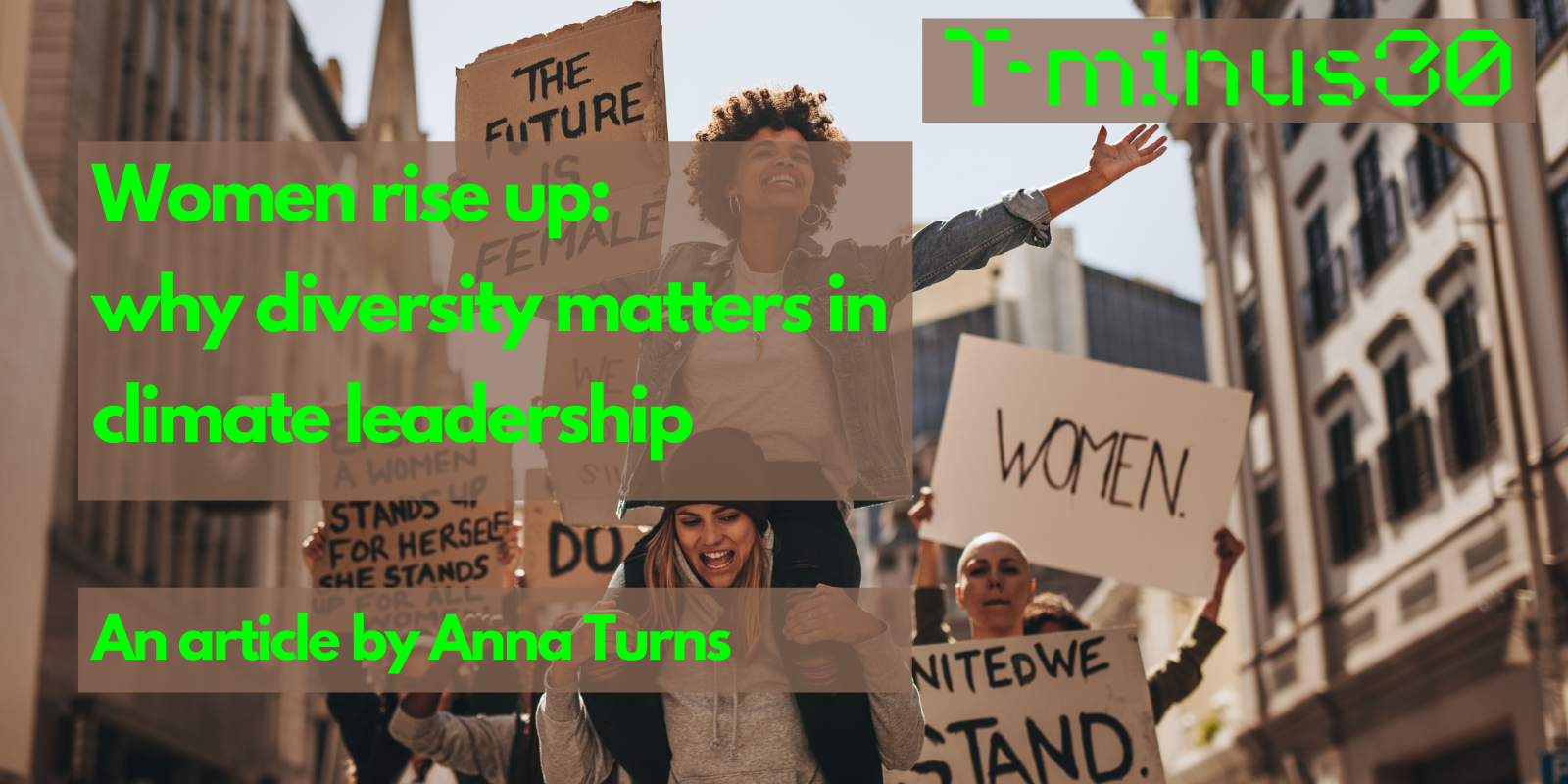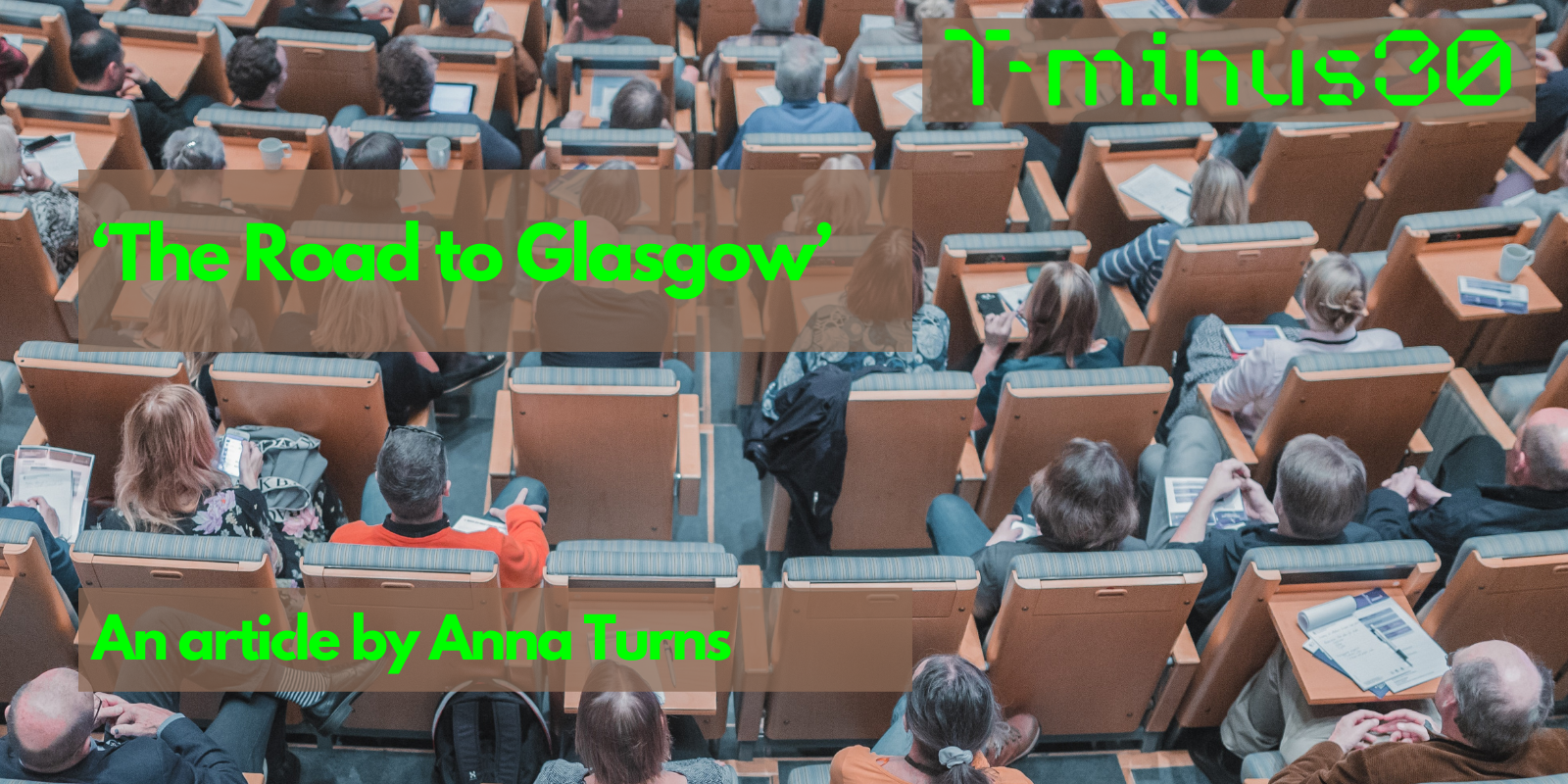Women rise up: why diversity matters in climate leadership

Environmental activists are calling for more women to have decision-making leadership roles at the climate change summit COP26 being held in Glasgow this November. Diversity, or the lack of it, amongst the leadership team for the United Nation’s (UN) Conference of the Parties has become all too apparent. At COP25 in 2019, only 21 per cent of the 196 heads of delegation were women according to the UN.
Last year, the campaign SHEchangesclimate sent an open letter to the British government demanding that women’s voices and perspectives are better represented with a 50:50 commitment to gender balance at the leadership level. Signatories included more than 400 female climate leaders and activists, as well as the actress Emma Watson, singer Ellie Goulding and social entrepreneur Lily Cole.
So why is feminism relevant to the climate emergency?
Of course, we can invest in hi-tech carbon capture solutions and clever ways to speed up the transition to a decarbonised society. But possibly the simplest, cheapest and fastest way to transform how we navigate the climate crisis is a step-change in leadership that guarantees policymakers better reflect the communities we live in.
The UN estimates that more than three quarters (80 per cent) of the people displaced by climate change are women. Its own Gender Action Plan aims to ensure that gender equality and more diverse representation are considered within future climate policies. In developing countries, it’s more likely that women carry out more environmentally-dependent duties such as collecting firewood and water or harvesting food and women make up 40 per cent of the agricultural work force yet only own between 10 and 20 per cent of the land. Women are more vulnerable to floods, droughts and diseases in developing countries where they are less likely to be able to swim, less likely to own a mobile phone and more likely to be in the home when buildings collapse. Women are less likely to be educated or to be involved in decision-making that could impact their lives at both a political and household level, and experience higher levels of poverty.
As Amanda Gorman, 22, states in her poem about the climate crisis, Earthrise: “For it is the obscure, the oppressed, the poor who when the disaster is declared done, still suffer more than anyone.”
Social justice is intrinsically linked to environmental issues and so a shift towards more diverse, inclusive and equitable leadership is urgently needed on an international, national and local scale to create more resilience.
Julian Cribb, Australian science writer and author of Food or War, argues that human survival depends on female leadership: “Women think about their grandchildren, have a more conservative approach and consider long-term impacts – we need wiser leadership. Many women are already leading in the urban renewable food revolution and the regenerative agroecological methods that can restore landscapes. Men just like to fix things with weapons or chemicals; we ignore the consequences. It would be a much less devastated, dangerous and depleted world if women ran the planet.”
There are glimmers of hope. Some countries are voting to break away from the homogenous, white, middle class patriarchy in small steps. In 2018, Alexandria Ocasio-Cortez became the youngest ever woman to serve in the US Congress. Angela Merkel has been Chancellor of Germany since 2005 – the first woman to do so – and Finland’s Sanna Marin became the world’s youngest prime minster in 2019 at the age of 34. Most recently, Kamala Harris was inaugurated as the first female and first black and South Asian American Vice President of the US.
In New Zealand, prime minister Jacinda Ardern’s strict, evidence-based response to the pandemic was communicated to the nation in a notably empathetic and compassionate way. So far, just 26 people have died of Covid-19 amongst the Kiwi population of 4.8 million; a great example of how different kinds of leadership can result in very different outcomes, according to Professor Jennie Stephens, a social justice advocate, energy expert and sustainability scientist based at Northeastern University in Boston. “Different decisions get made when there’s more diversity,” explains Stephens, the author of
Diversifying Power: Why we need antiracist, feminist leadership on climate and energy.
Race is as key as gender: “When women, people of colour, and indigenous folks are given opportunities to be in decision-making roles that they haven’t been given historically, we know that people bring very different priorities, life experiences, principles and even different perceptions to risk,” she says, citing this US study of gender, race and perceived risk that found that white men see everything – from smoking to AIDS to climate – as less risky on average than non-white men or women who are white or non-white.
Mary Robinson, former President of Ireland and one of the world’s most influential climate change and social justice activists insists that gender equality is vital in the fight to mitigate the environmental crisis. As she says on her podcast Mothers of Invention that showcases women challenging the norm, from human rights lawyers to plastic pollution campaigners, “climate change is a manmade problem with a feminist solution.”
By Anna Turns


